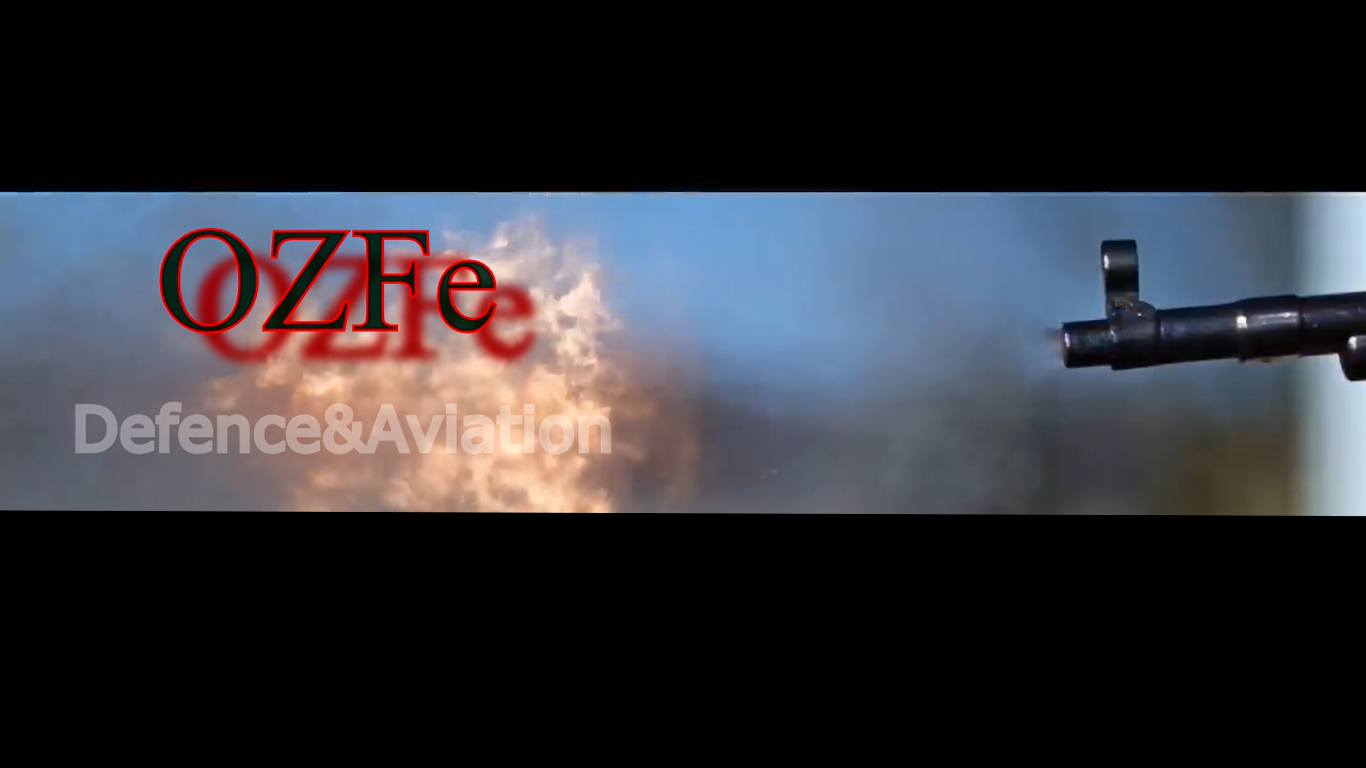Kinetic Energy vs Chemical Energy
APFSDS ammunition is an armor-piercing finned stabilized discarding sabot, this type of ammunition is usually integrated into high-caliber tank guns. It is a type of ammunition that requires caution when fired from friendly positions, as the other components are separated from the ammunition immediately after firing to remove the sabot. With this separation, the penetration power of the ammunition increases which gains angular momentum. Sabot can be produced from tungsten and depleted uranium as the main material. Tungsten is widely used due to its excellent toughness and hardness values. With its high melting value, the penetration values increase tremendously with the high density formed during the collision. On the other hand, depleted uranium is extremely lethal due to its reaction with oxygen at high temperatures and its high strength. Thus, it minimizes the fracture and loss of kinetic energy during the collision. However, when the damages of reactive uranium that may occur during the collision are taken into consideration, its use has become dangerous. For this reason, the use of uranium ammunition has been diluted. When the sabot is examined, the stress-strain values that occur on its surface during the collision are directly proportional to the diameter of the sabot. The smaller the diameter of the sabot, the more likely it is that the sabot will lose its integrity during impact. The dislocation density of the material is increased to slow down the crack propagation. Increasing the diameter of the sabot will affect the amount of gunpowder and wind friction, linearly decreasing the capability of penetration, also increasing the probability of ricochet of the ammunition. You can examine the simulation data about the sabot from the videos.
High Explosive(HE), High Expolsive Anti Tank(HEAT), and High Expolsive Squash Head(HESH) are chemcial energy ammunitions. In an explosion, the air blast shock wave is the hardest damage mechanism. The explosives used in high-explosive projectile variants are specially selected. This selection is related to whether the energy generated during the collision will trigger the explosion or not. These munitions, which are extremely lethal for vehicles with a low level of protection, are categorized and positioned. There are also chemical energy munitions, such as Javelin, which have second explosive parts regardless of the triggering of the first shot. For HEAT-type projectiles, there is a liner that forms a cone-shaped cavity. There are explosives packed behind the liner. Upon contact with the target, the charge is detonated, which creates a pressure wave behind the metal liner. This in turn deforms the liner in a way that generates a focused jet of metal particles that shoot straight out at hypersonic speeds. It’s purely the kinetic energy of the jet that penetrates the armor.

